
White Heron
Ardea alba
Also known as: Great White Heron, Kotuku


Ardea alba
Also known as: Great White Heron, Kotuku

The white heron, or kotuku in Māori, is a majestic bird that captivates with its elegant presence. This large, snow-white wader stands out in New Zealand's wetlands with its long neck, slender body, and graceful movements. Its rarity makes each sighting a special event for birdwatchers.
1. Breeding adults develop beautiful, lacy plumes on their back.
2. Yellow bill extends well behind the eye, unlike similar white birds.
3. Hunts by standing still in shallow water, then striking quickly at prey.
Kotuku arrive at their breeding colony in August, building nests high in trees. They lay 3-5 eggs, with both parents sharing incubation and chick-rearing duties. These birds are partially migratory, moving to warmer areas in winter. Their rarity makes them vulnerable to habitat loss and disturbance.
Look for kotuku in coastal areas, estuaries, and freshwater wetlands throughout New Zealand. They're often seen wading in shallow waters or perched on branches near water bodies. Dawn and dusk are ideal viewing times. For a guaranteed sighting, visit the viewing hide at their only breeding colony near Okarito Lagoon in Westland during the breeding season.
The kotuku holds a special place in Māori culture, symbolizing rarity and beauty. The phrase "He kotuku rerenga tahi" (a white heron of a single flight) refers to a rare and precious encounter, reflecting the bird's scarcity in New Zealand.
93 cm
950 g
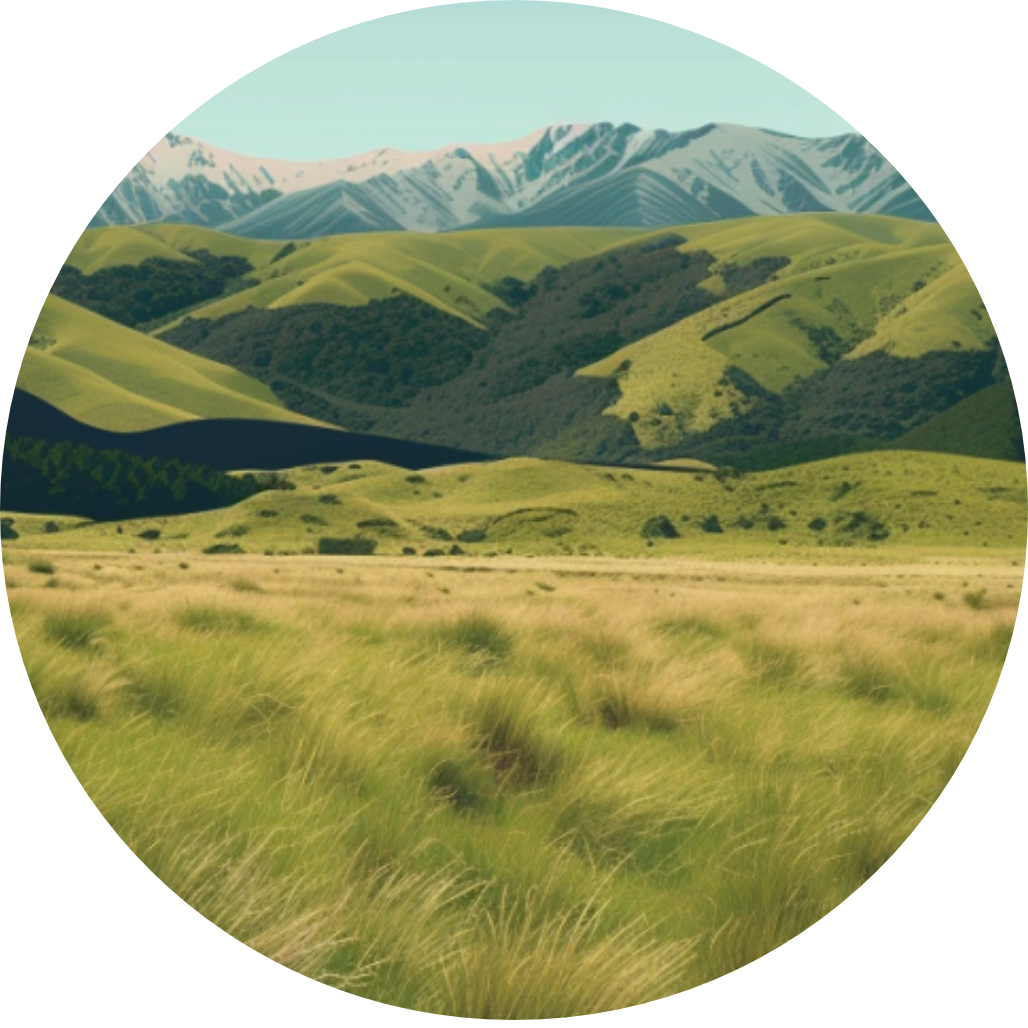
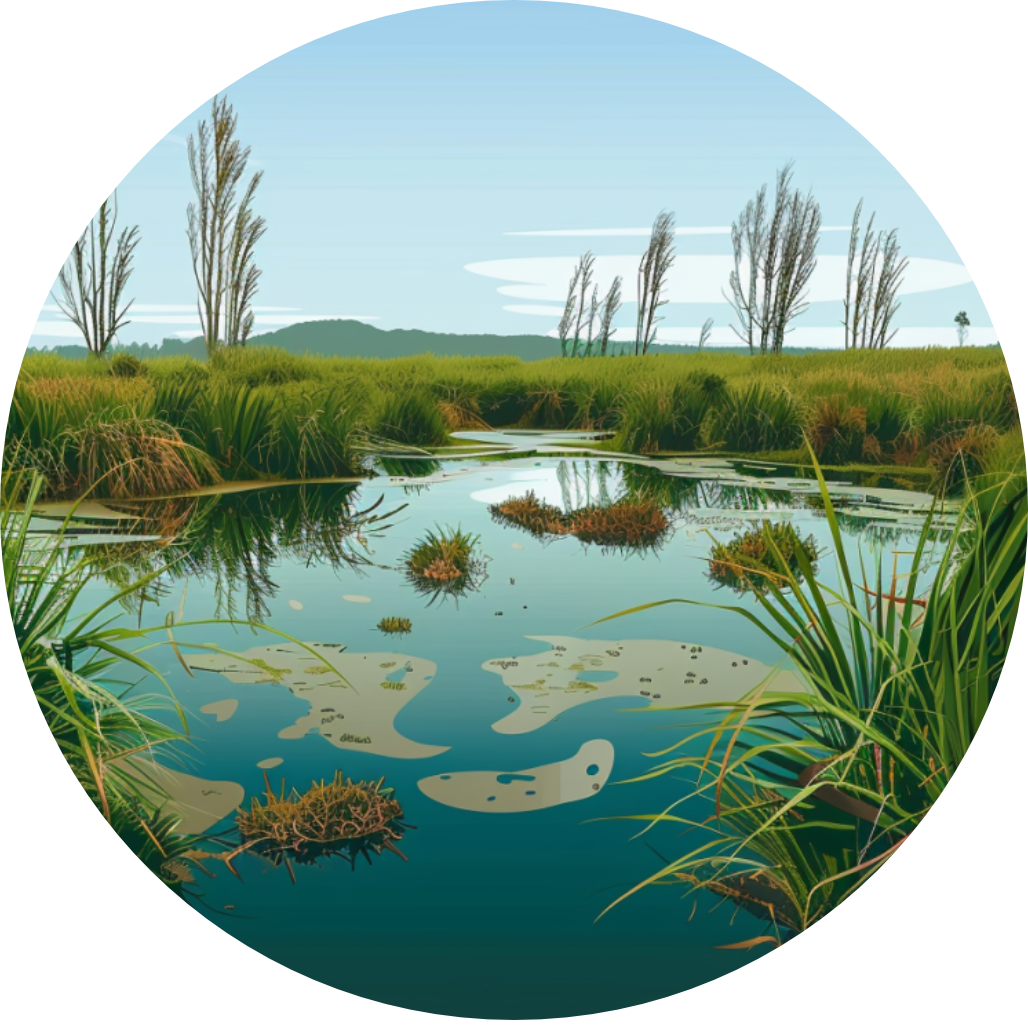
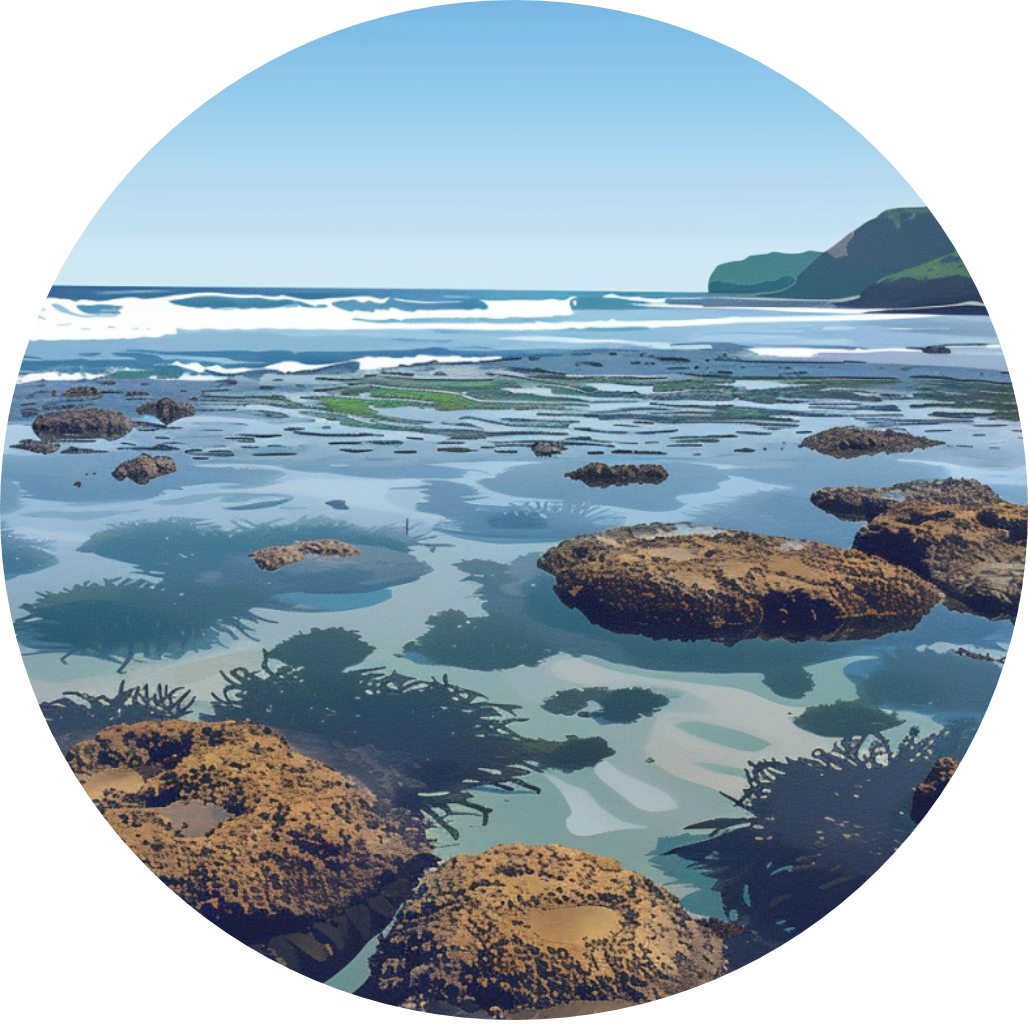
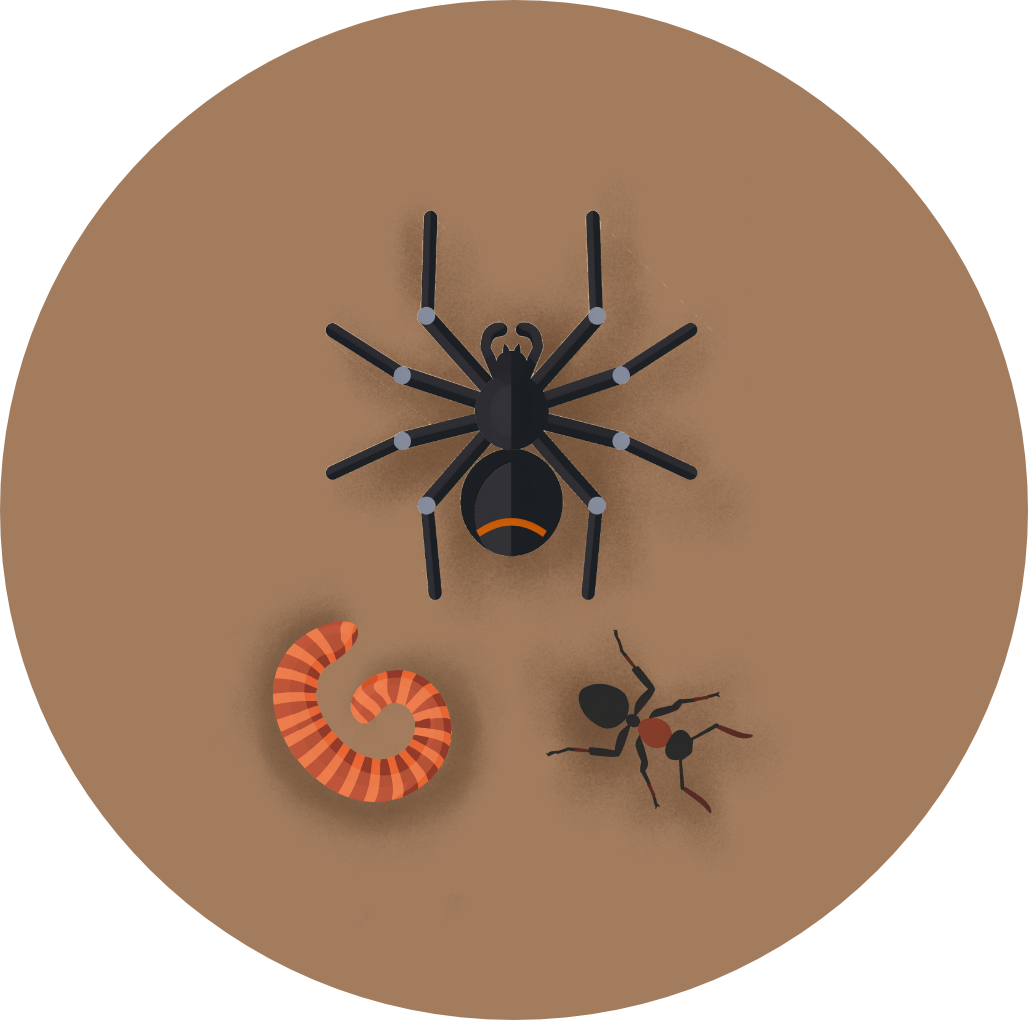
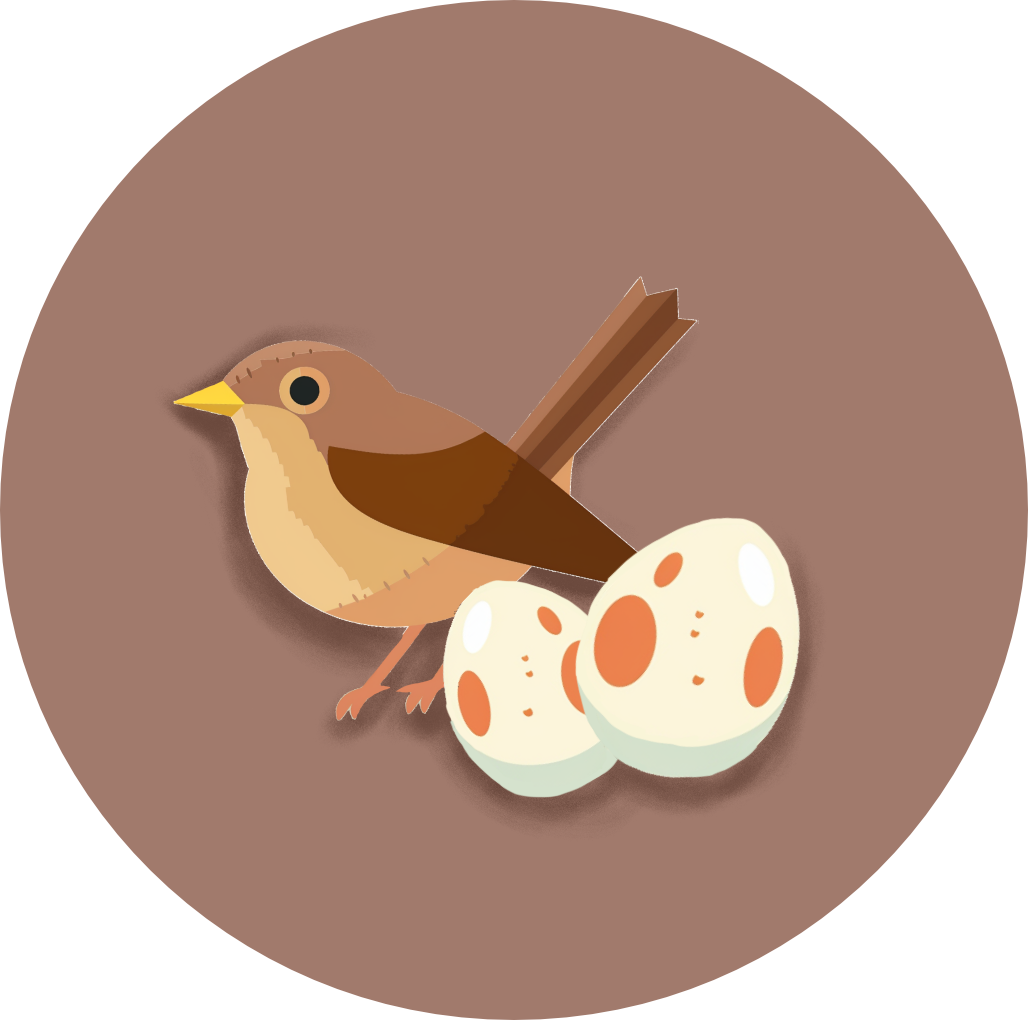

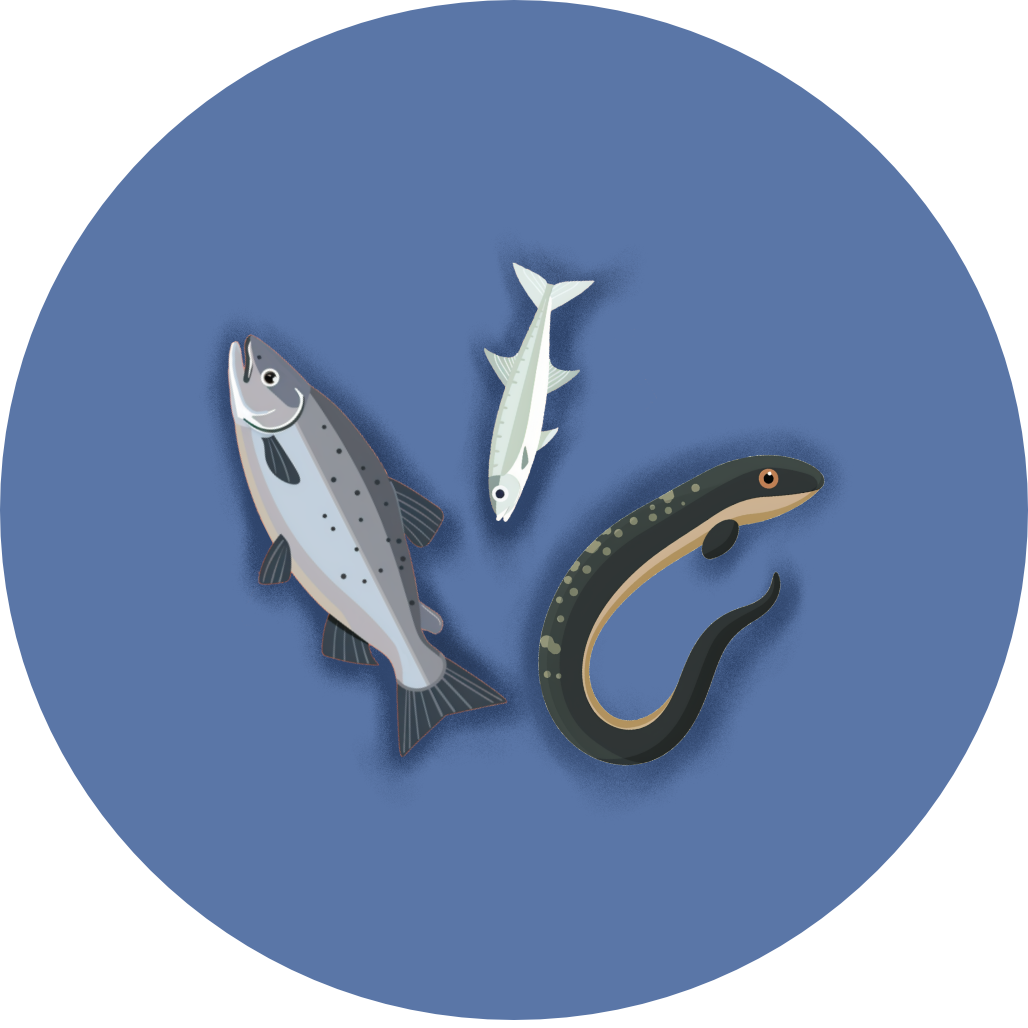
Coming Soon!
Top birding locations will be available in a future update.